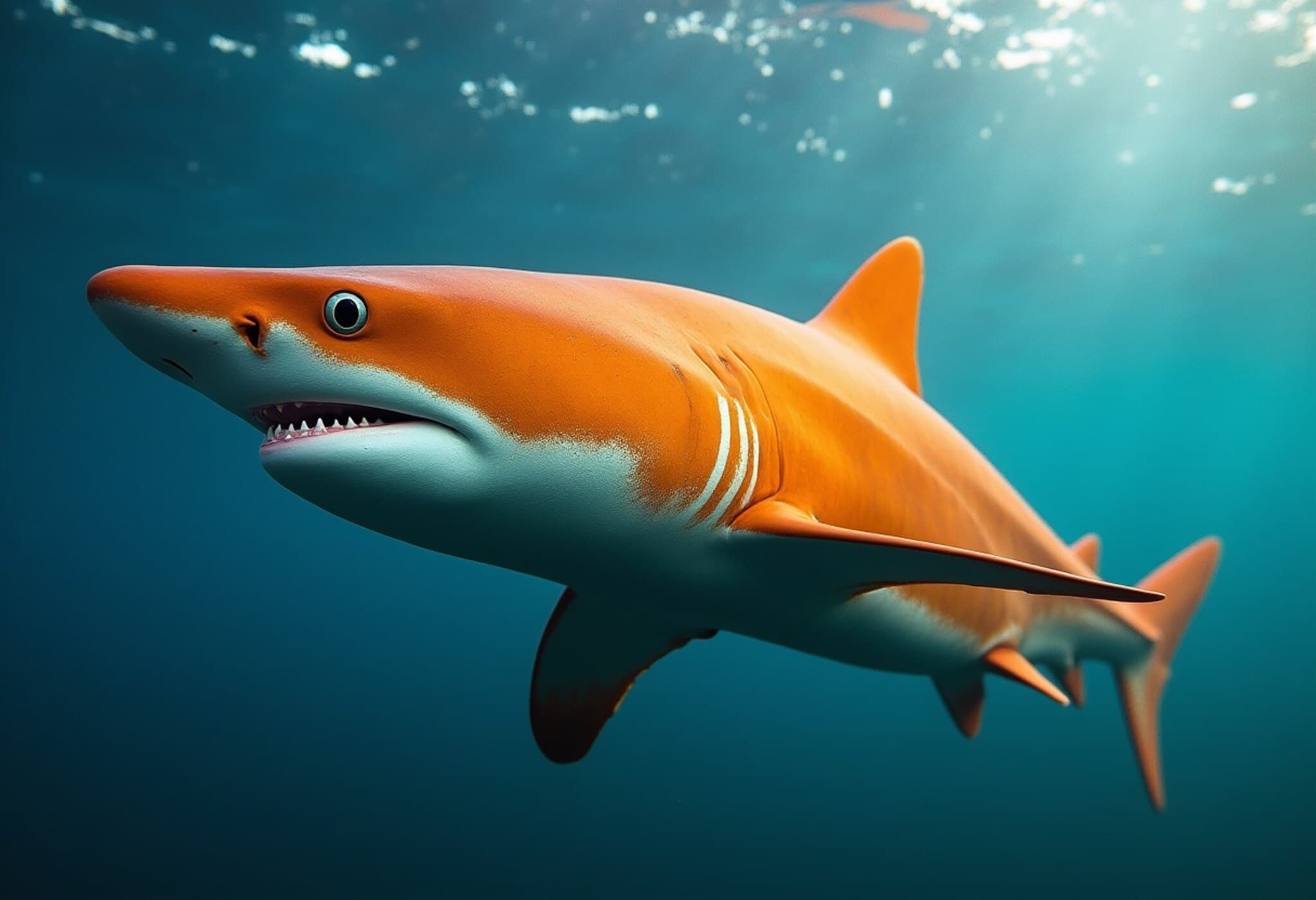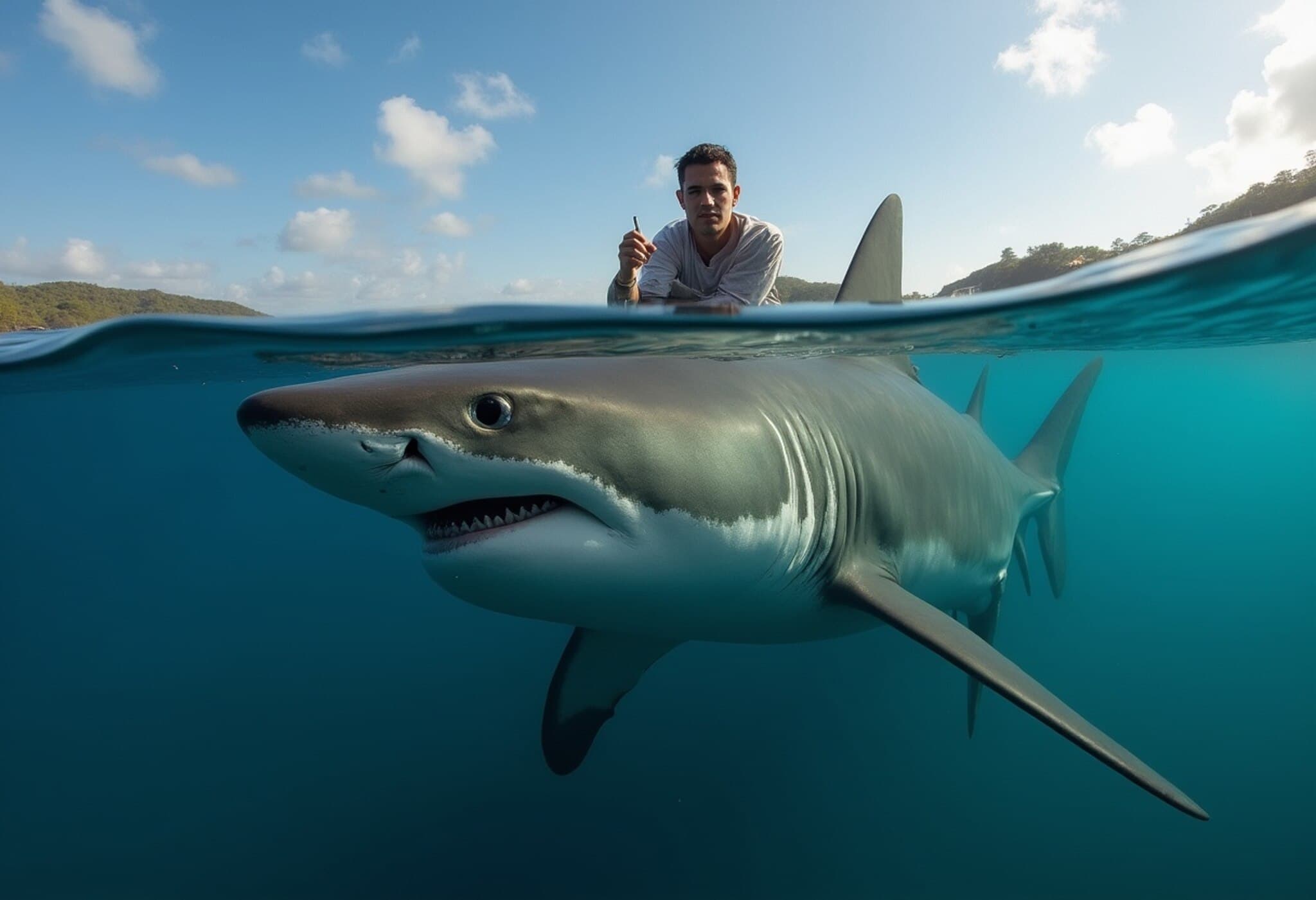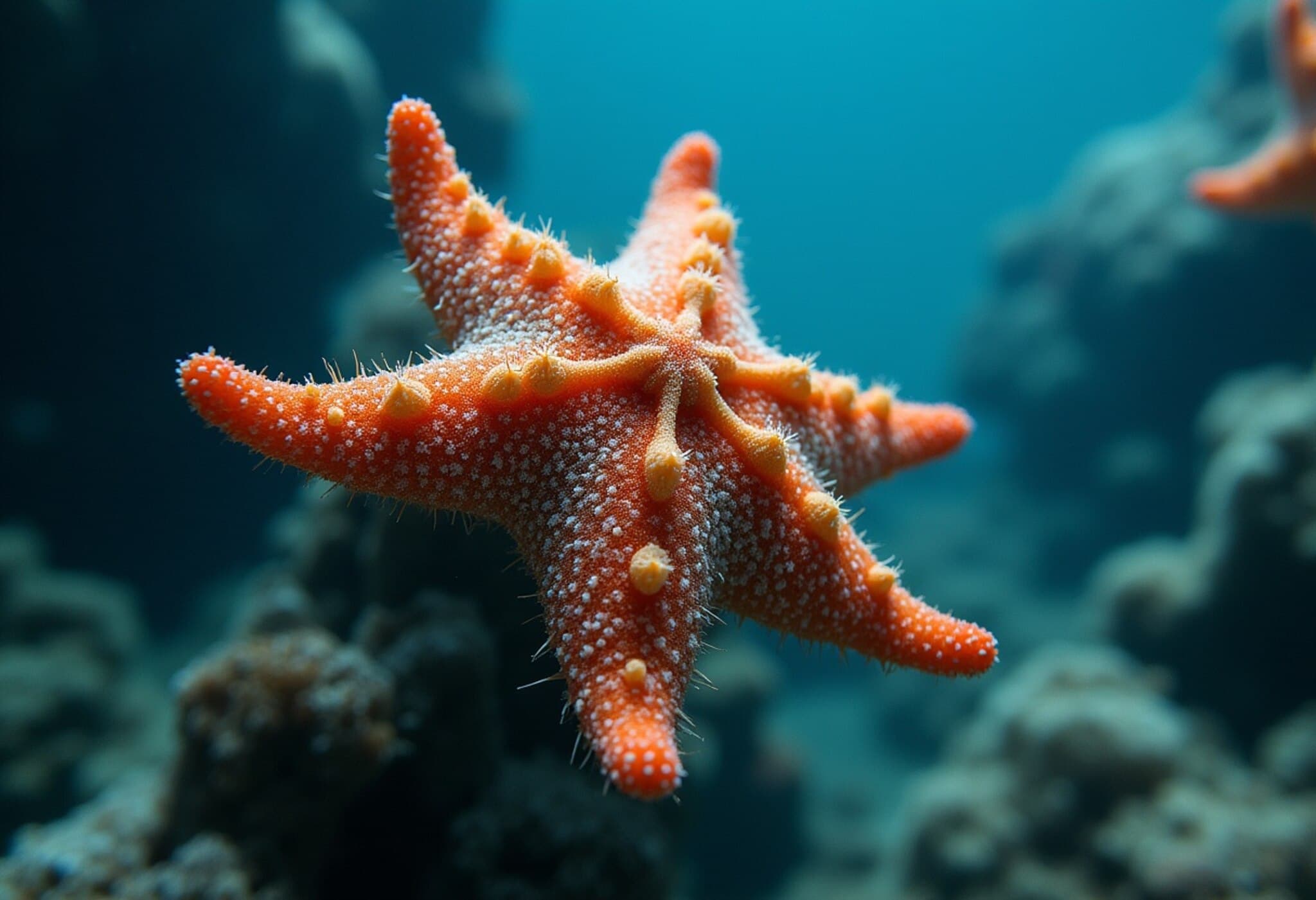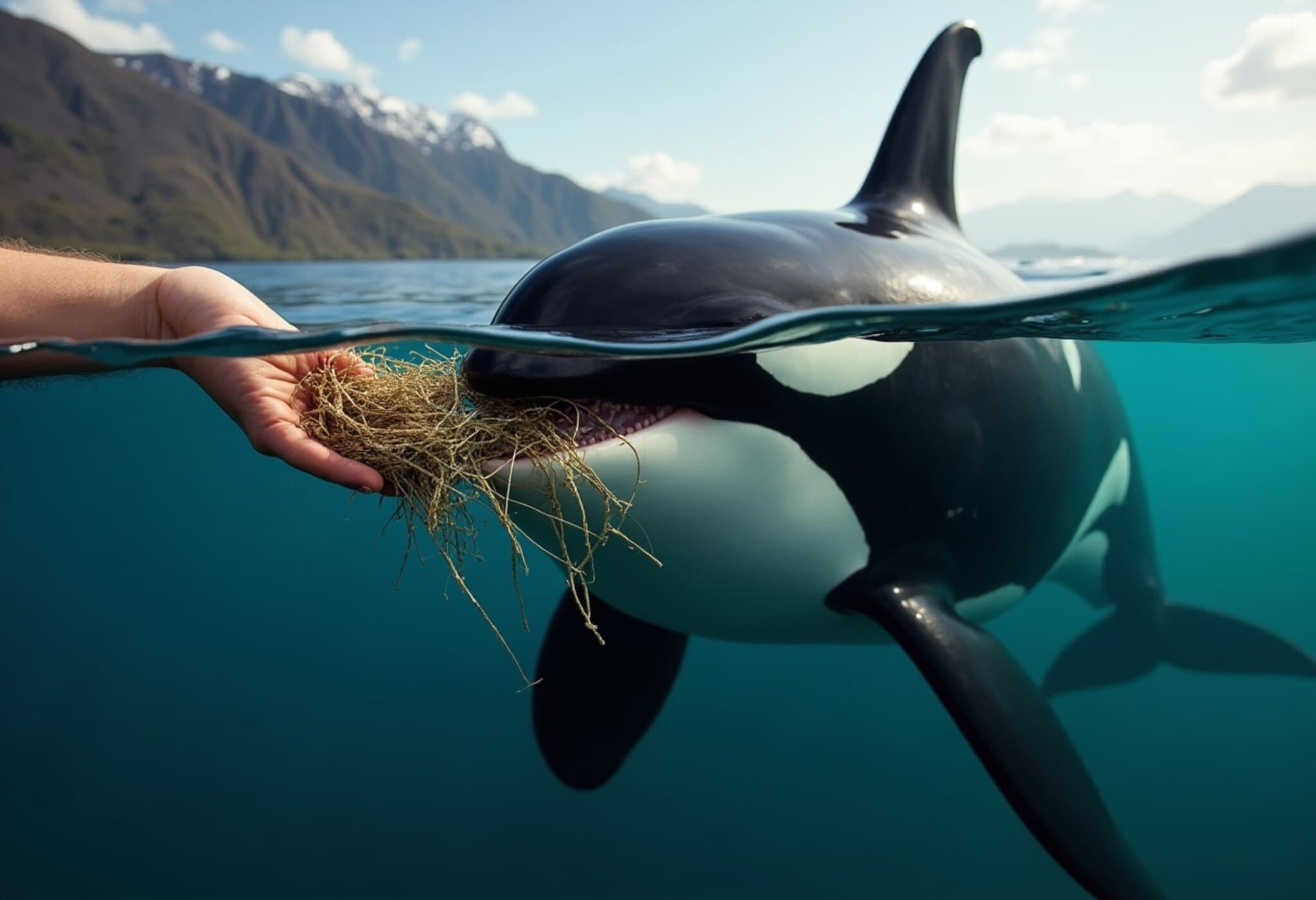A Surprising Catch: The Orange Nurse Shark Off Costa Rica’s Coast
Last August, fishermen off the Caribbean coast of Costa Rica pulled in what initially seemed like a typical catch — perhaps a strong red snapper or an amberjack. But their half-hour battle beneath the waves revealed something extraordinary: a brilliantly bright orange nurse shark, unlike anything most had ever seen.
“We saw an orange glow below the water, and I said, ‘My God, what is this?’” recalled Garvin Watson, 43, a seasoned sport fishing guide and hotel owner from Barra del Parismina, a small fishing town steeped in maritime tradition. “We were all screaming like crazy.”
The Unexpected Star: An Orange-Hued Nurse Shark
Measuring about six feet, the vibrant tangerine-colored nurse shark was a stark contrast to its normally muted cousins. Nurse sharks usually have a more subdued, brownish-gray hue and are known for their docile nature and distinct catfish-like whiskers. This specimen’s striking coloration quickly caught the attention of not only the fishermen but also marine scientists.
Watson’s vivid photographs, shared widely on social media, sparked intrigue among experts worldwide. Daniel Arauz Naranjo, a marine biologist and director of Costa Rica’s Rescue Center for Endangered Marine Species, was among the first to recognize the significance.
“I saw the photos and was impressed. This is something strange, something new,” Arauz said. He noted that to date, no other such orange nurse shark had been documented scientifically, making this an exceptionally rare find.
Scientific Implications and the Search for Answers
The discovery has sparked conversations in marine biology circles about genetic mutations, environmental factors, and the potential influence of climate change on marine species' pigmentation. Scientists suggest that this orange coloration could result from a rare genetic variant or a form of erythrism — an unusual reddish pigmentation sometimes seen in sharks and other fish.
Given nurse sharks’ important ecological role as bottom-dwelling predators in coral reef environments, understanding anomalies like this could help researchers gauge the health of marine ecosystems and potential environmental shifts.
Local and Global Significance
- Conservation Spotlight: Costa Rica is renowned for its commitment to marine conservation. This discovery underlines the richness still left to explore in its waters and the need to protect these habitats amid growing global environmental pressures.
- Community Impact: The fishermen’s encounter shows how local stakeholders are crucial to scientific discoveries. Their firsthand knowledge and engagement often bridge the gap between science and community conservation efforts.
- Tourism and Education: Such rare marine life sightings can bolster ecotourism and educational programs, fostering sustainable economic opportunities for regions like Barra del Parismina.
Reflecting on the Unexpected Wonders of the Ocean
Watson’s vivid reaction — goosebumps and all — captures the profound awe the ocean can inspire. It’s a reminder that, despite centuries of maritime exploration, the sea holds mysteries waiting to rewrite our understanding of nature’s complexity.
This orange nurse shark is more than an anomaly; it symbolizes resilience and the dynamic interplay of biology and environment. As climate change and human activity reshape marine habitats, each rare creature like this shark becomes a beacon prompting us to pay closer attention to our oceans' whispers.
Editor’s Note
The sighting of the rare orange nurse shark off Costa Rica’s coast offers a unique window into the ongoing evolution and diversity beneath the waves. It challenges scientists and laypeople alike to consider how environmental changes may drive surprising genetic expressions in marine life. What other extraordinary creatures remain hidden, and what can their stories teach us about preserving ocean health in uncertain times?














